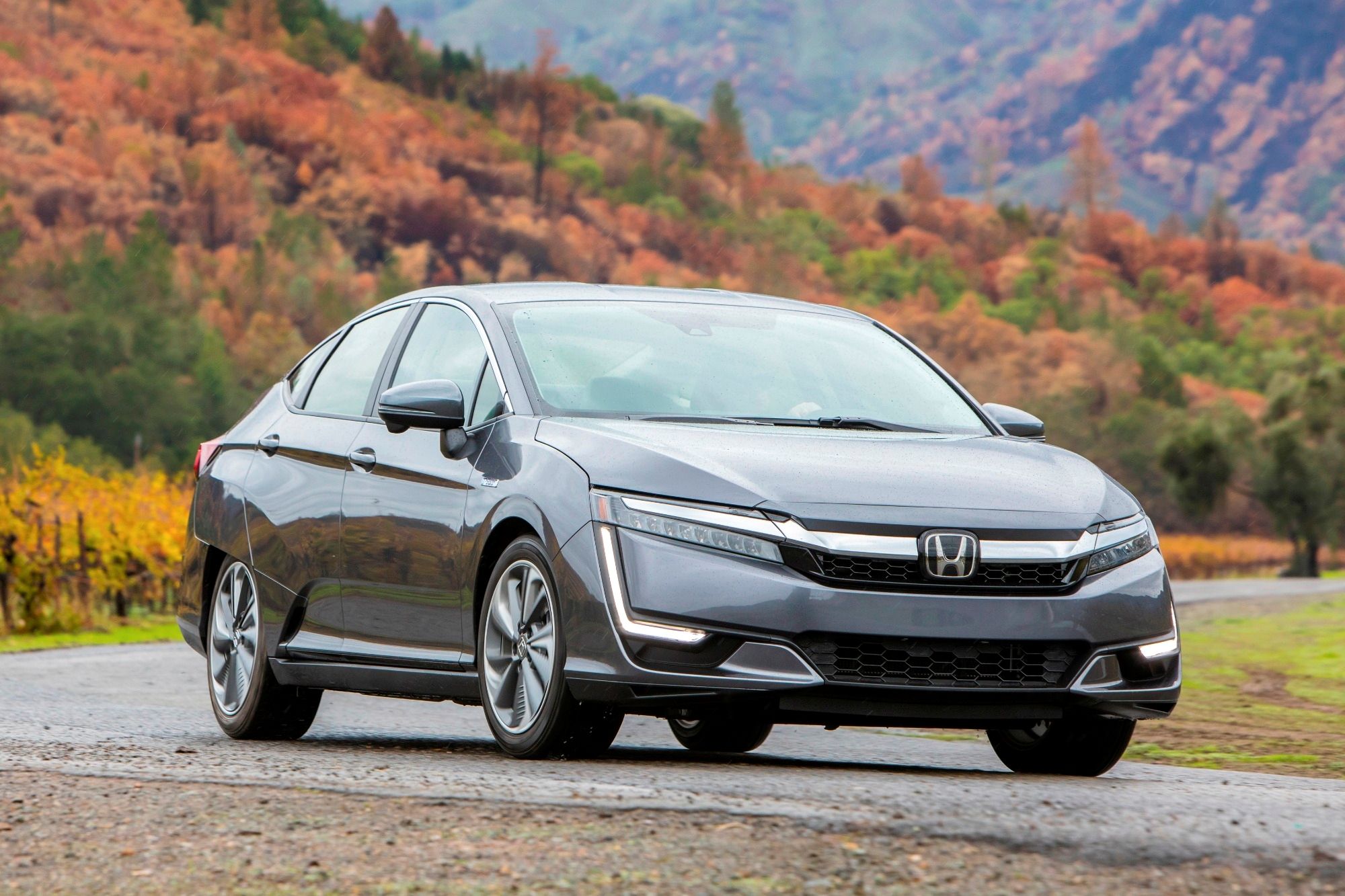
While Honda is making a splash in the Europe electric car market thanks to the release of its small urban EV, simply called the "e", US buyers are still stuck with conventional gasoline-powered Hondas for the time being. But the day when American customers can descend on a Honda dealership and walk away with a new electric car is coming soon. Especially given that a report by Automotive News details how Honda is working on a new modular electric car platform.
The new platform is big news because it brings Honda's goals closer to those of European automakers, which have been working on modular platforms they can use for their own electric fleets and makes it sound like Honda will shift to become a serious competitor in the electric car race.
Honda fans do have a few years to wait, though, since the new platform isn't going to hit the market until around 2025. The platform will also be a boon to both the company and to enthusiasts: to the former because it can be used to underpin everything from a sedan to an SUV, which saves Honda money, and to the latter because it will boast a rear-wheel drive layout, housing its motors in the back and leaving space for motors up front in case a buyer wants all-wheel drive.
"This new architecture is designed to achieve smooth driving and highly efficient packaging," said Ayumu Matsuo, Honda's managing officer in charge of power unit development. "We believe it will meet the needs of customers who like our C-segment and D-segment models."
Honda's new platform, while different from the e's, does have one big similarity: both house their batteries under the floor. While this will help Honda's future EVs adhere to one of its big goals, maintaining good driving dynamics by using a 50-50 weight distribution, rear-wheel drive, and a low center of gravity, there are also big differences between the two cars. The main one is the size of the battery. The automaker's new architecture will be able to accommodate batteries of different sizes and, more importantly, that supply better range.
"It has a different aim from the Honda e," said Tetsuya Hasebe, general manager and chief engineer of Honda's electric vehicle development division in reference to the way the architecture can accommodate more batteries for longer drives. "This one aims for intercity, long-distance travel."
Honda's announcement is also a sign of what's to come in America. Given that the company heavily relies on the US market to hit its sales targets, it wouldn't invest money into an electric platform that can be used across much of its lineup without knowing it can sell it here. That's especially the case since Honda is also the last independent carmaker in Japan. Ranking in third place behind Toyota and Nissan, Honda doesn't have the cash reserves that its rivals do, which is why the company is incentivizing fast, flexible, and cost-effective innovation as well as open partnerships. And that, according to CEO Takahiro Hachigo, is what the platform is designed to facilitate.
"We have introduced a new structure which enables our engineers to take on new challenges," said Hachigo. "We have clearly divided areas of our R&D focus into advanced technology for creating new future value and the existing area for developing uniquely Honda products in collaboration with our other business operations."
